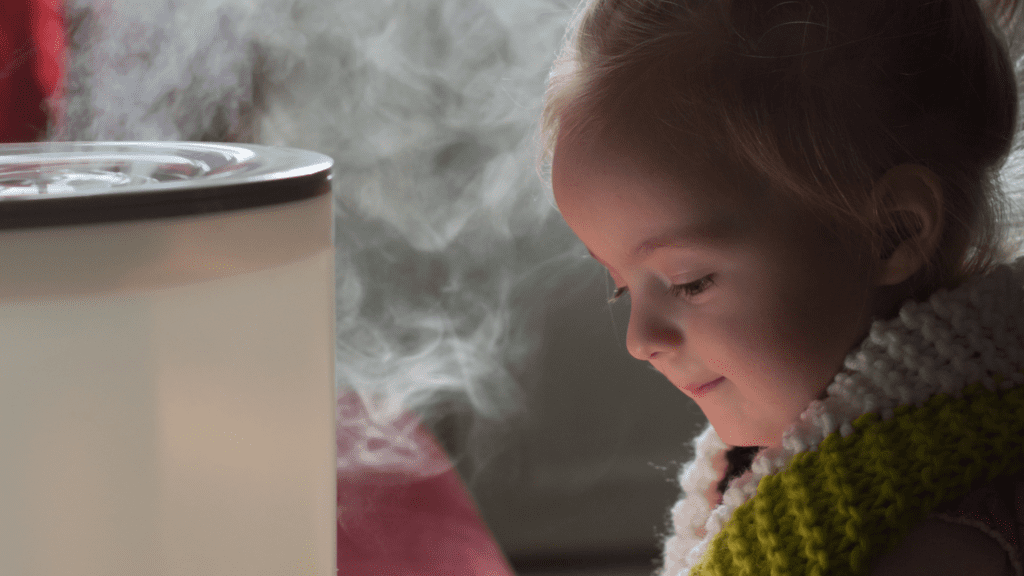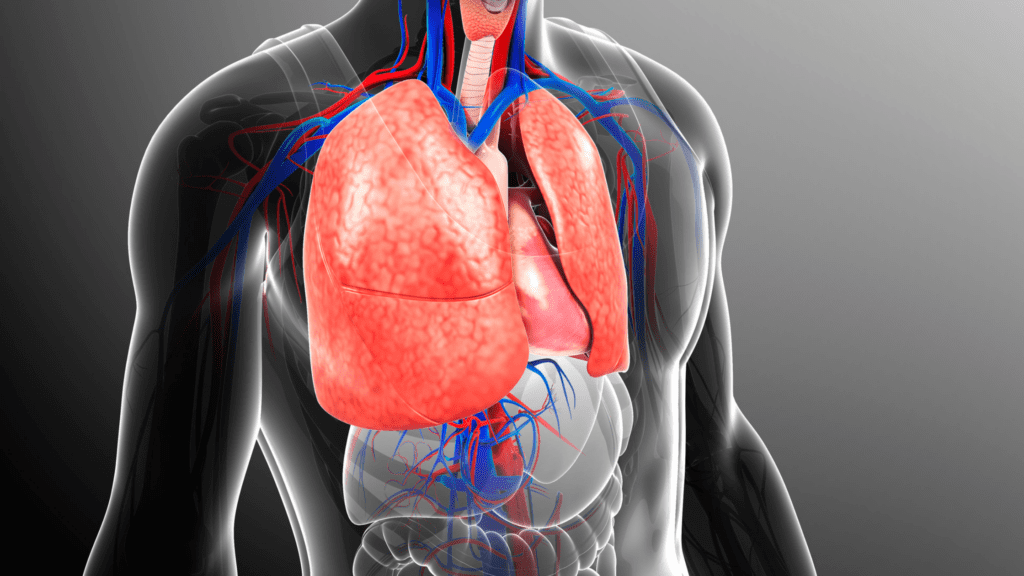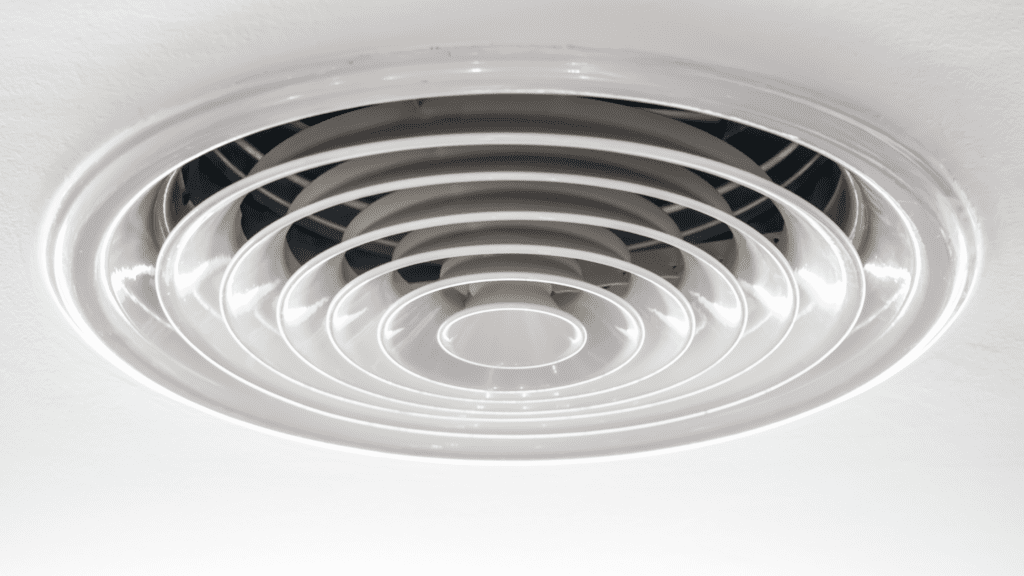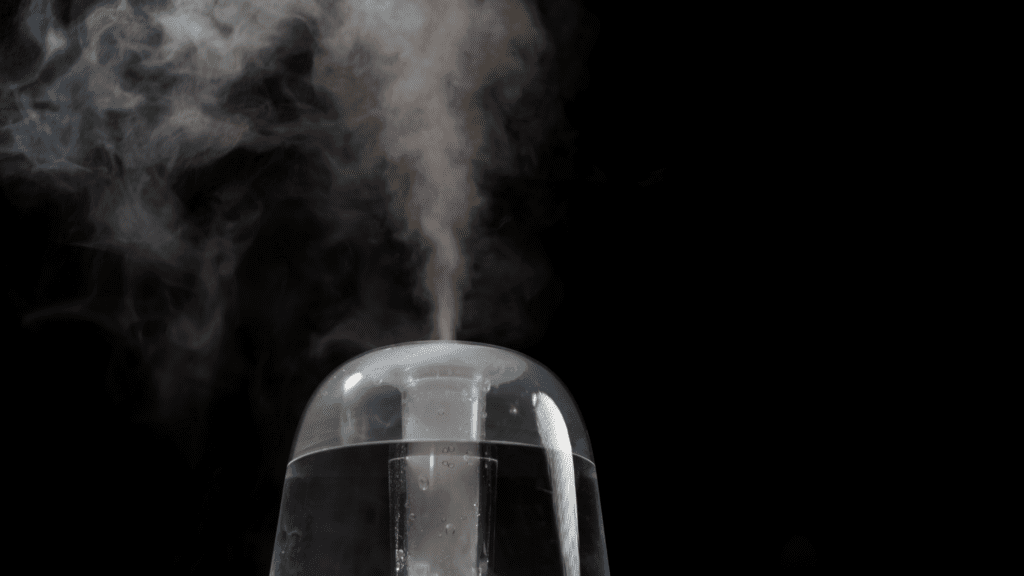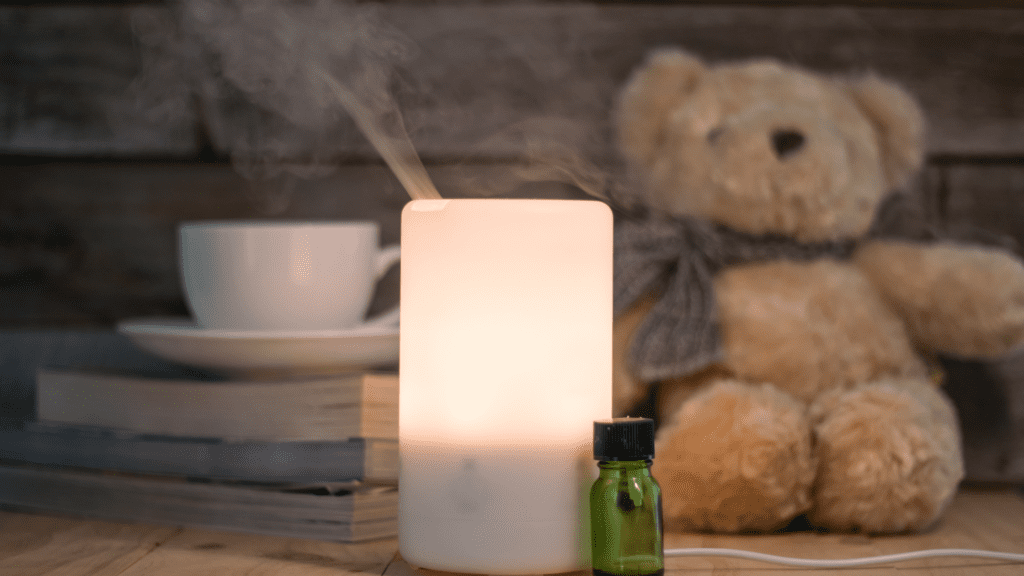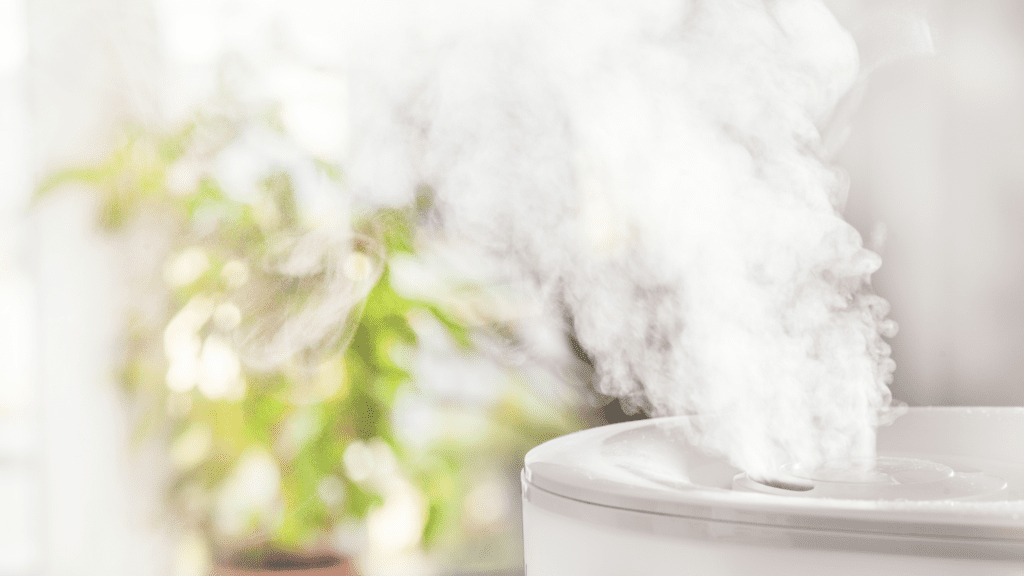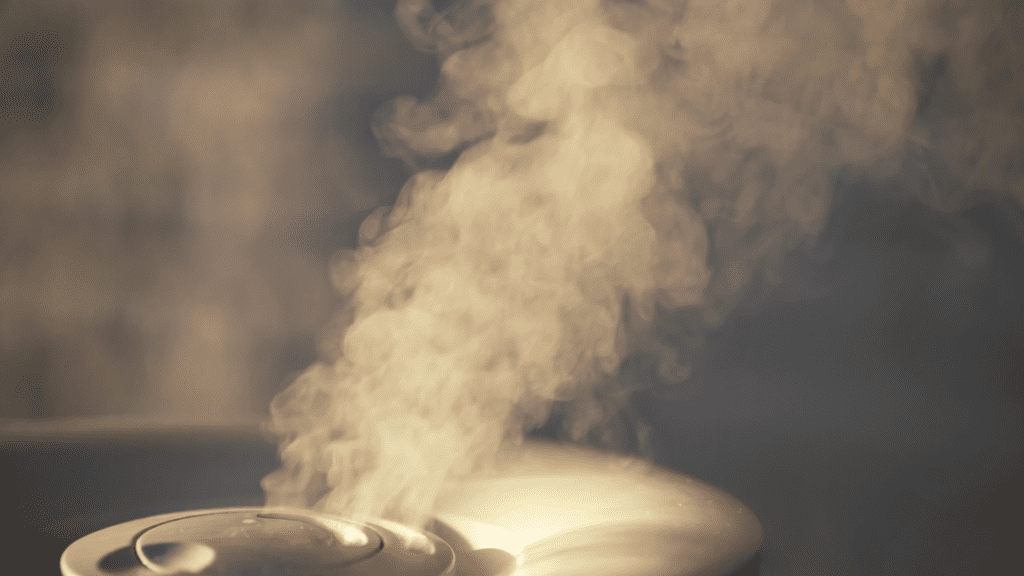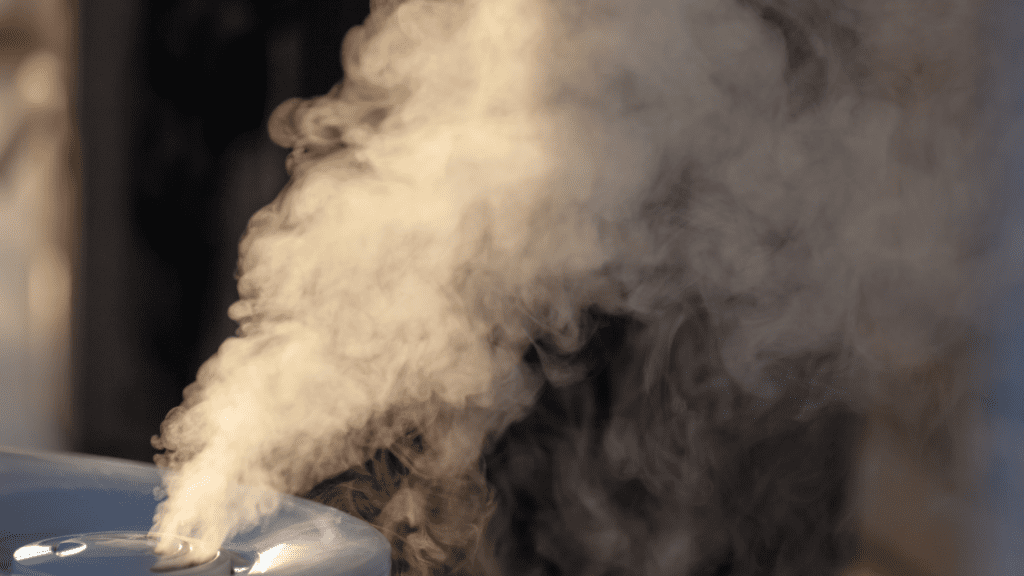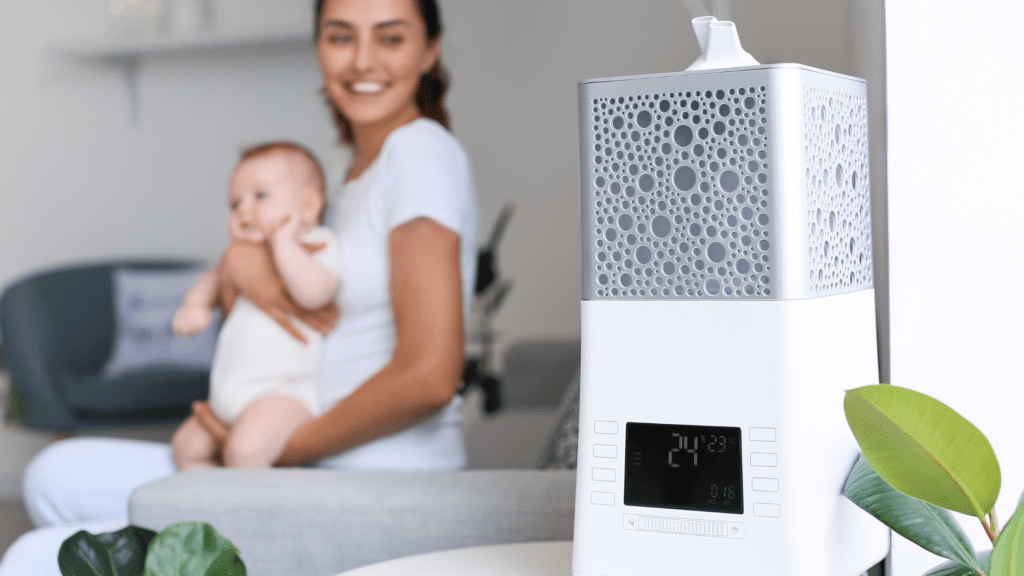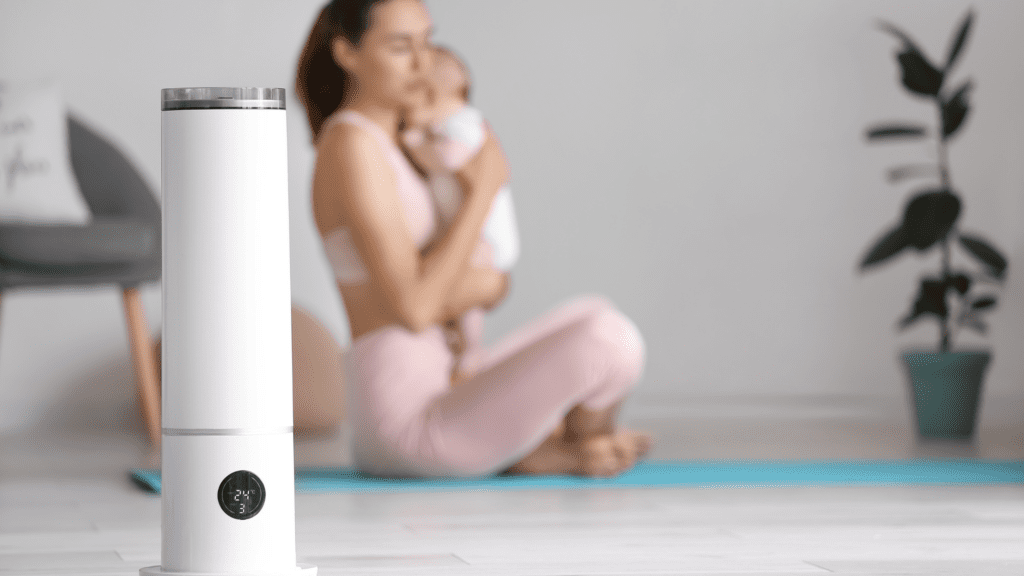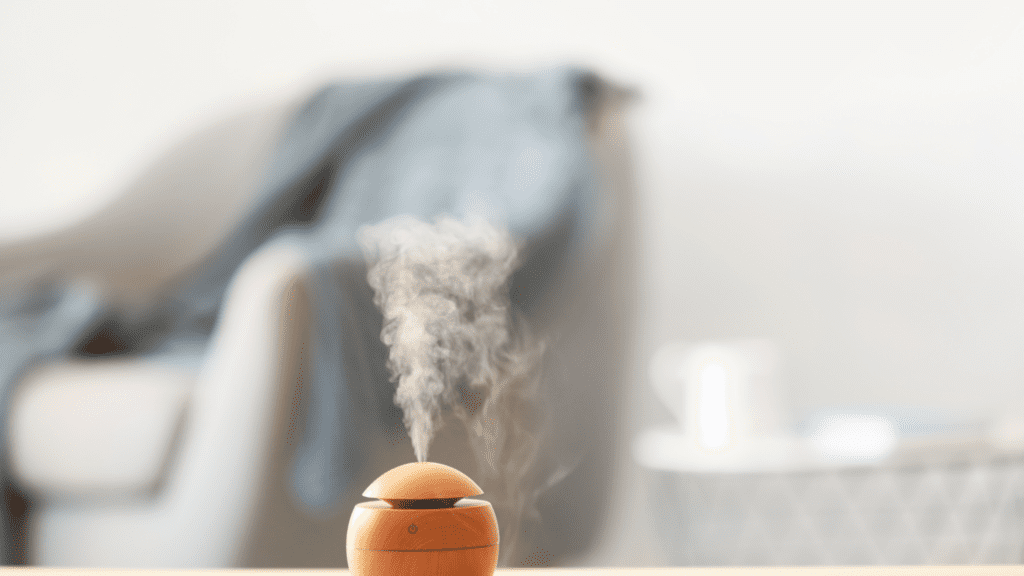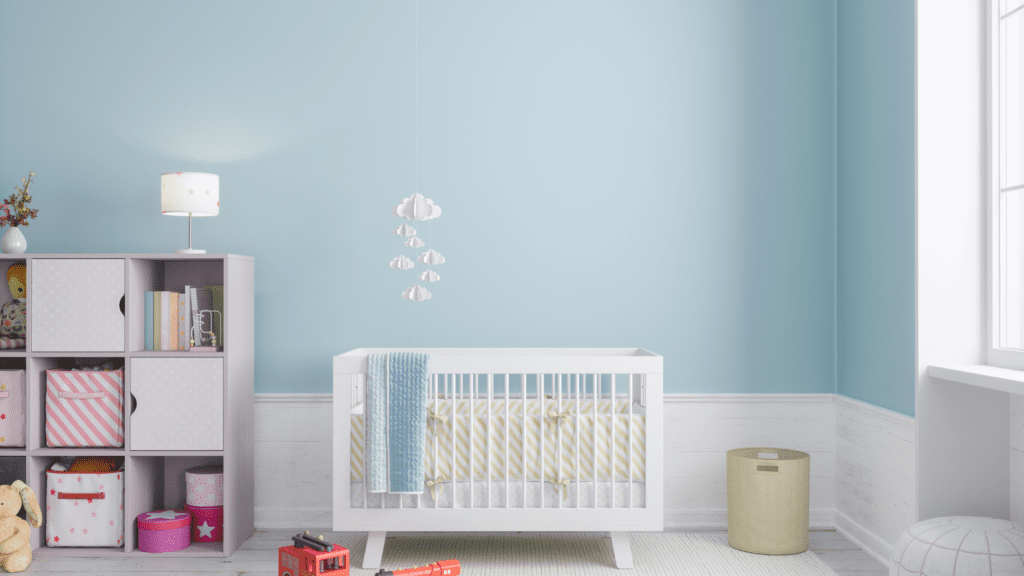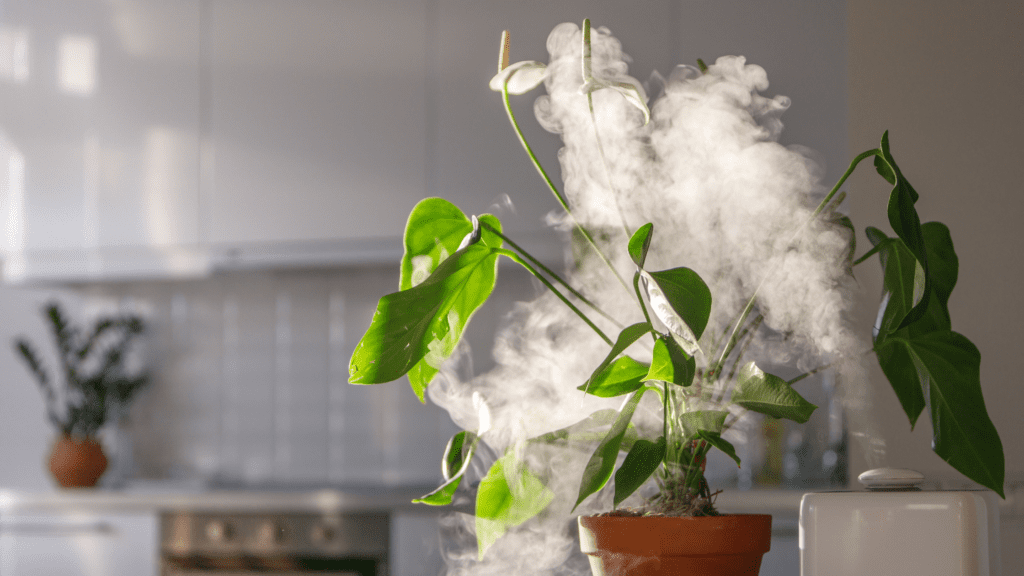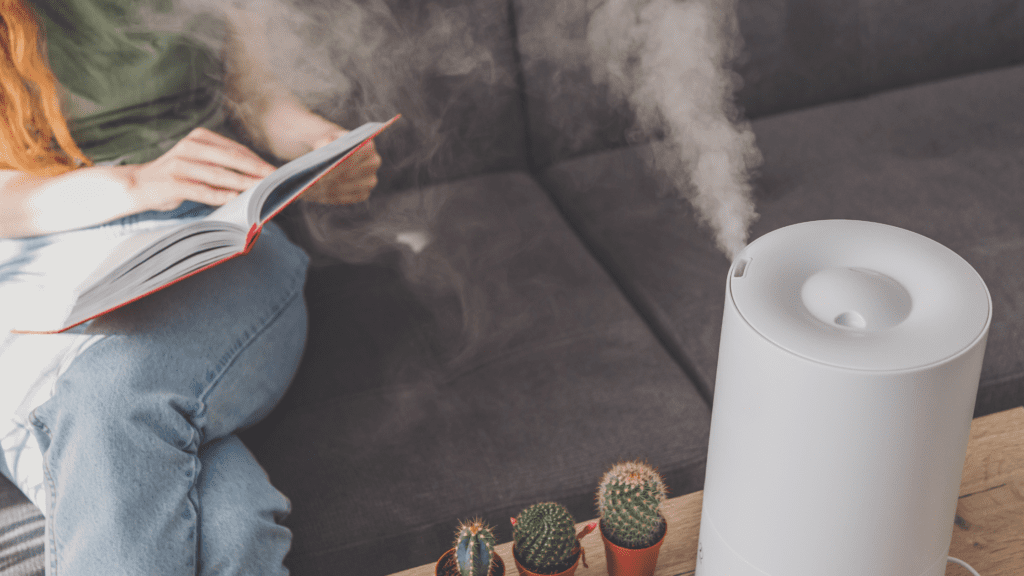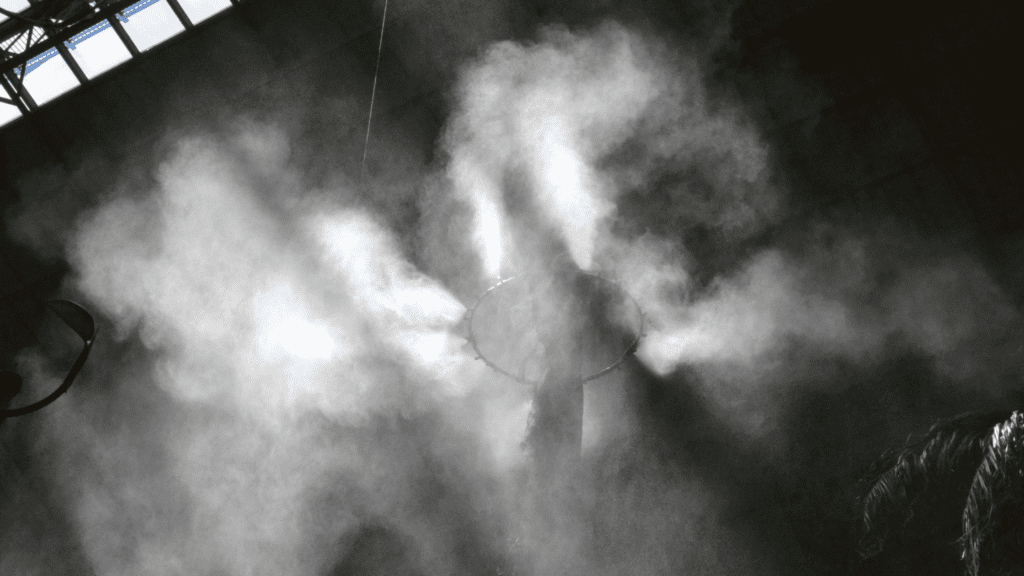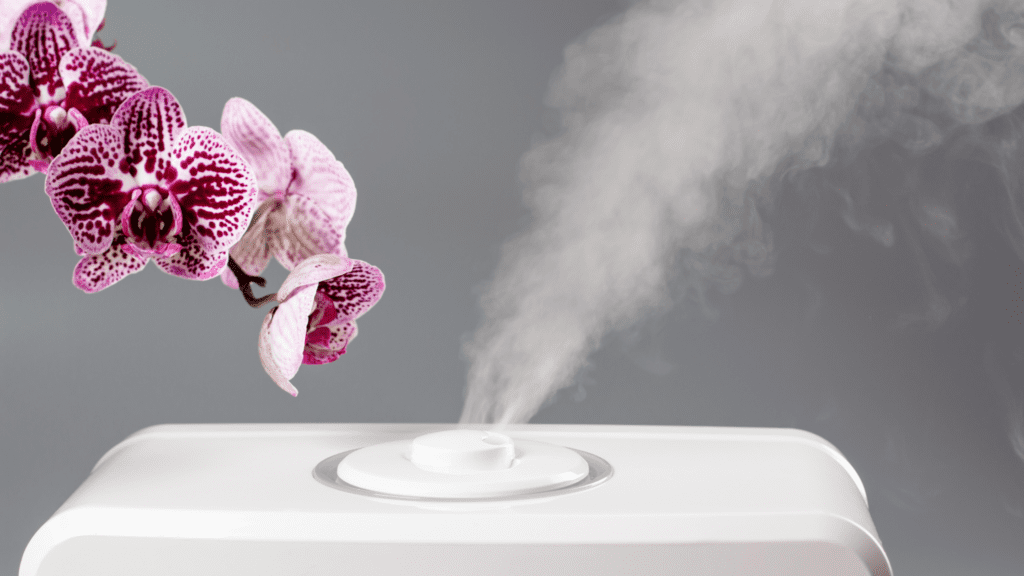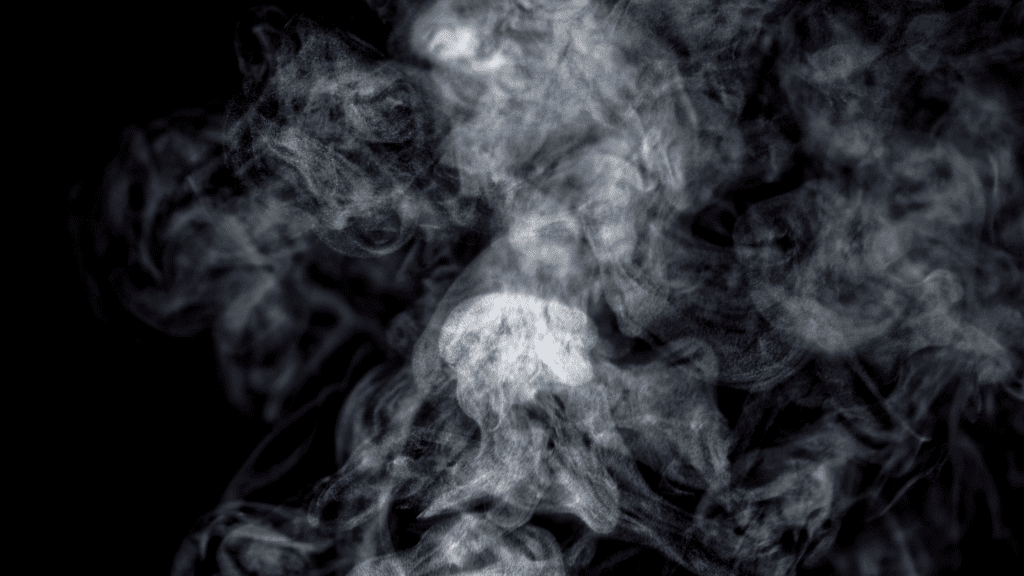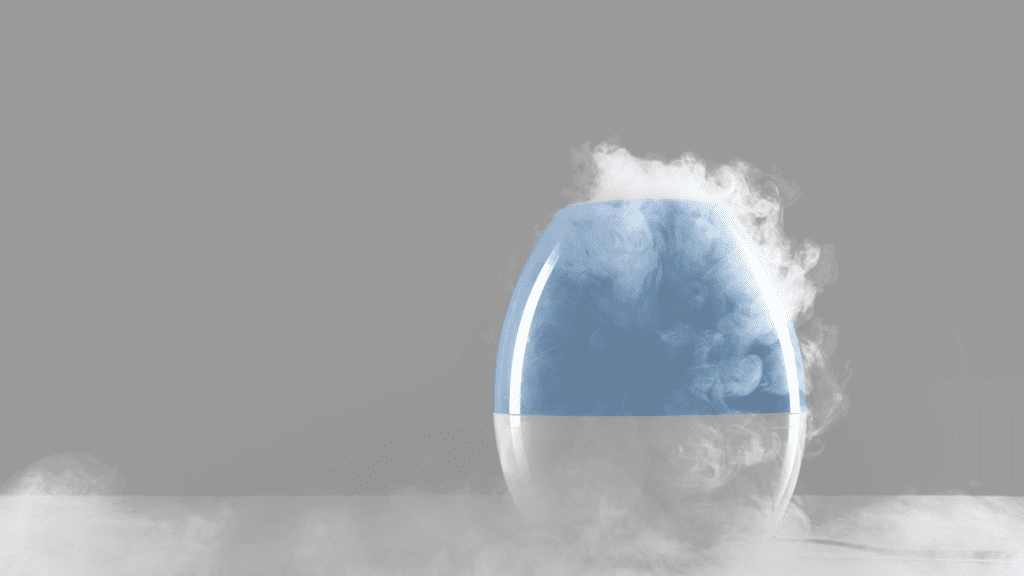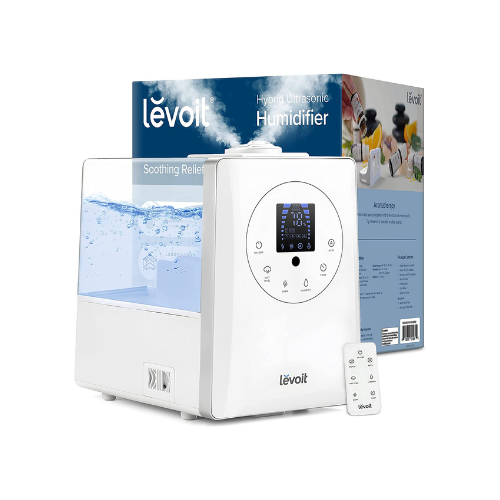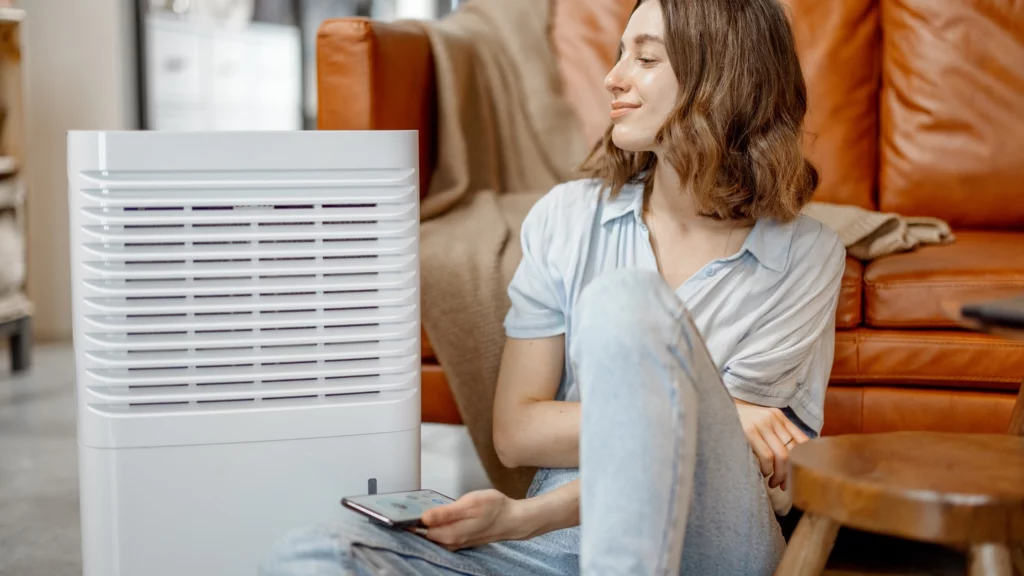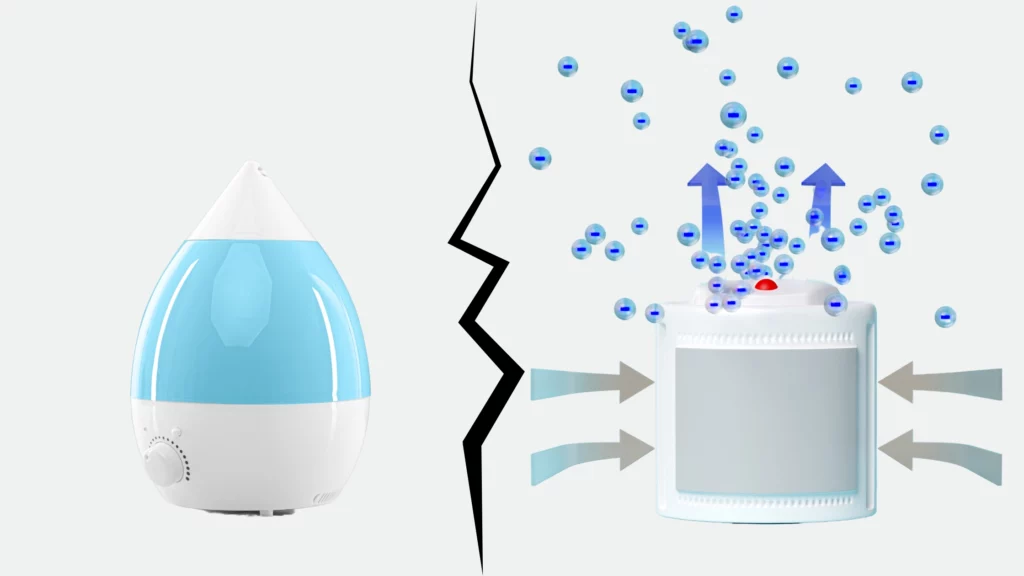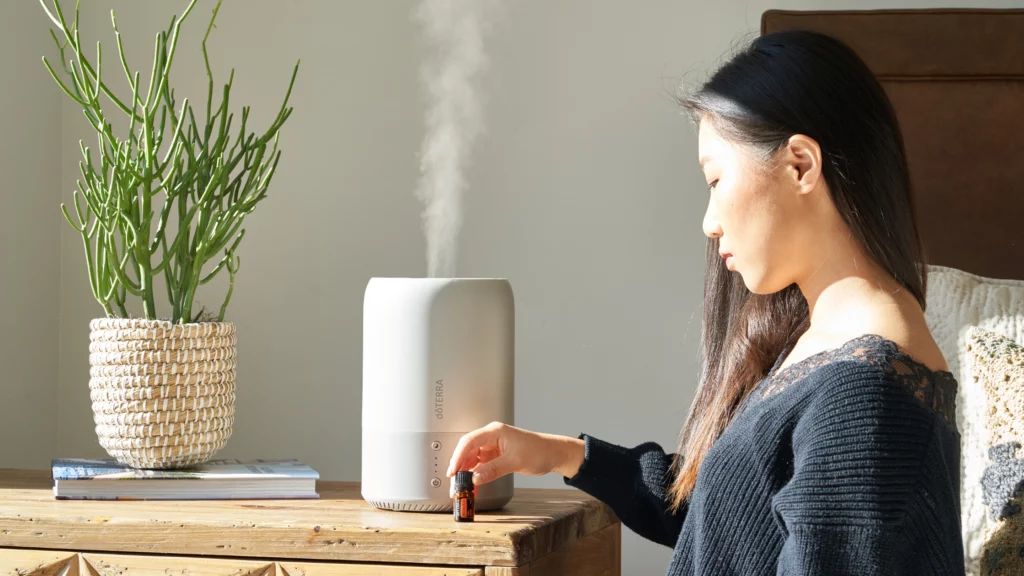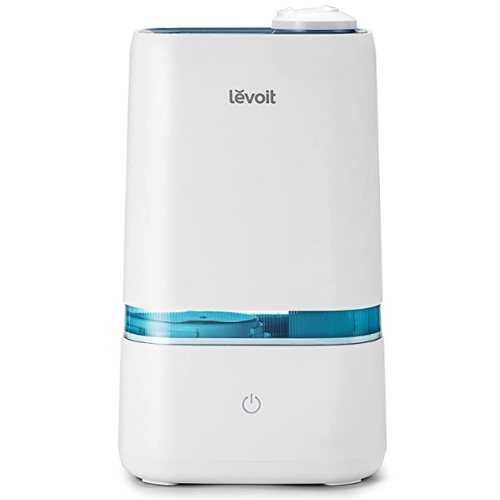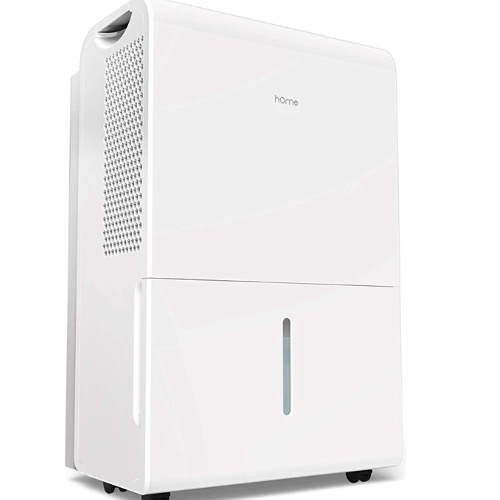Is a diffuser a humidifier
The confusion about a diffuser VS air humidifier has always been on the rounds. With advancing technology, there are devices available to combine the benefits of both humidifiers and diffusers. Although a standard humidifier and diffuser work in a similar fashion, which is to disperse water vapor into the air, they both have their distinct nature.
In this article, we will discuss why the diffuser vs air humidifier battle exists. Let us take a look at how air blows or water vapor is emitted from the water tank of each of these units and the benefits they hold.
Is There A Difference Between Humidifiers And Diffusers?
Yes! Despite looking similar and operating alike, humidifiers and diffusers are different units.

Humidifier
A standard humidifier works to increase the moisture in the air. The dry air that has less moisture in the air has a ton of negative impact on health and reduces air quality. Most humidifiers add moisture to the air by converting liquid water into vapor. By adding moisture to the air, an air humidifier ensures the dry air is altered to have the right levels of humidity. Most humidifiers have a similar design. They have a water reservoir from which water is extracted.
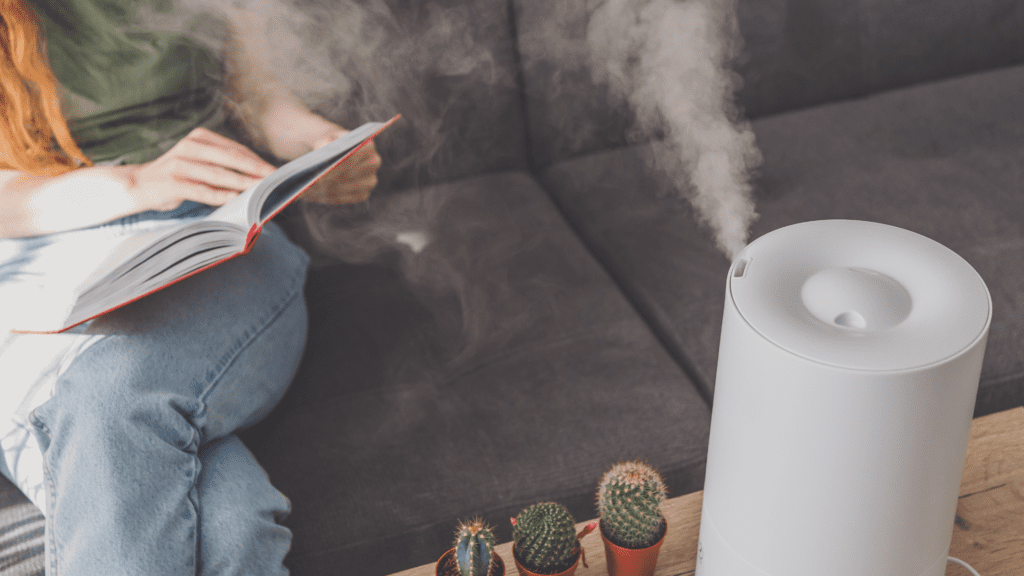
The two major humidifier categories are Warm mist humidifiers and Cool mist humidifiers.
Additionally, there are steam vaporizers that boil water taken from the water tank and disperse them as steam into the air. Evaporative humidifiers on the other hand have a wicking filter pad that draws water out of the water reservoir and sends out a fine mist with the help of fans.
Ultrasonic humidifiers come in two types: Cool mist humidifiers that have ultrasonic vibrations to turn water into vapor. Warm mist humidifiers come with a heating element that will turn the water into water droplets and send out the warm mist.
Diffuser
Diffusers have smaller units than humidifiers and might have fans or a heating element for diffusing essential oils. Here again, there are types like nebulizing diffusers, Reed diffusers, Ultrasonic diffusers, etc. Among the different aromatherapy diffuser options, you can carefully select the one that best suits your need.
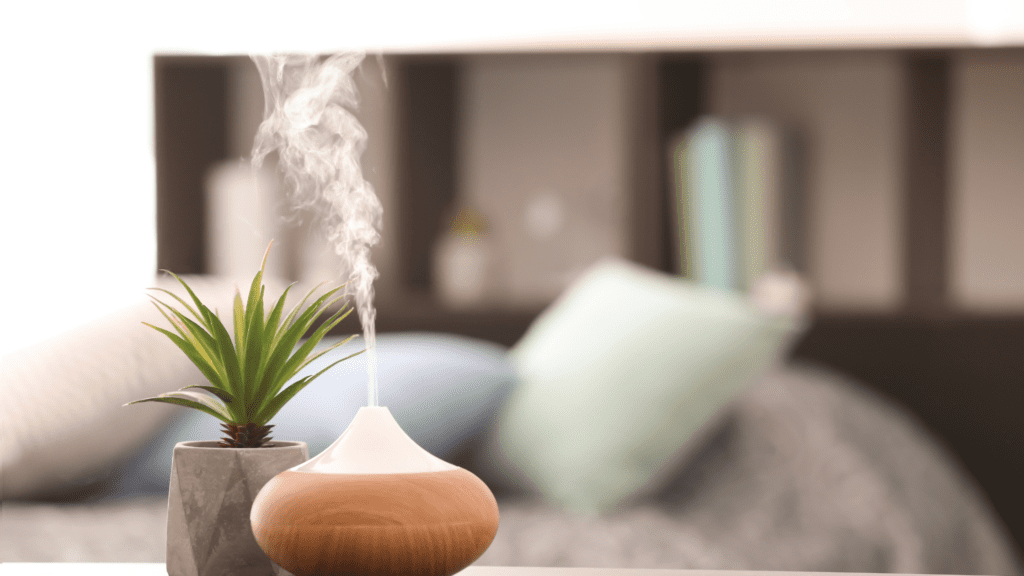
How do you know if you need a humidifier?
Identifying if your home needs a humidifier is simple. You can notice visible signs of low humidity in your house. Dry air has other symptoms like dry skin, sinus allergies, an increase in the proliferation of fine particles or tiny particles, etc.
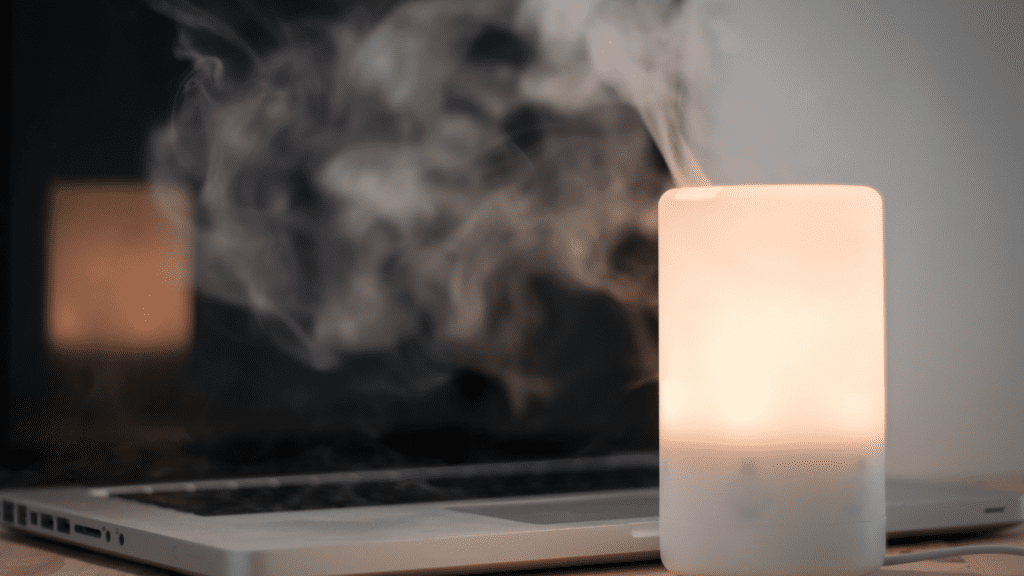
Hire a professional to measure the level of humidity in your home. Depending on the amount of moisture in the air, you will be able to estimate if is crucial to add moisture to your space. If the humidity is on the higher end you cannot add moisture further using a humidifier, rather, you will require a dehumidifier to reduce the excess moisture in the air.
If the humidity is low and you have to add moisture to the space, you can again consult with a professional to confirm the type of air humidifier that will suit your family. Warm mist humidifiers, cool mist humidifiers, ultrasonic humidifiers, etc., are the other choices available.
A cool mist humidifier is a healthy option with the fine mist it diffuses into the room. A warm mist humidifier on the other hand is suitable for homes that appreciate warm mist, and do not have young children or pets around where having steam or hot water equipment is unsafe.
How to Choose a Diffuser?
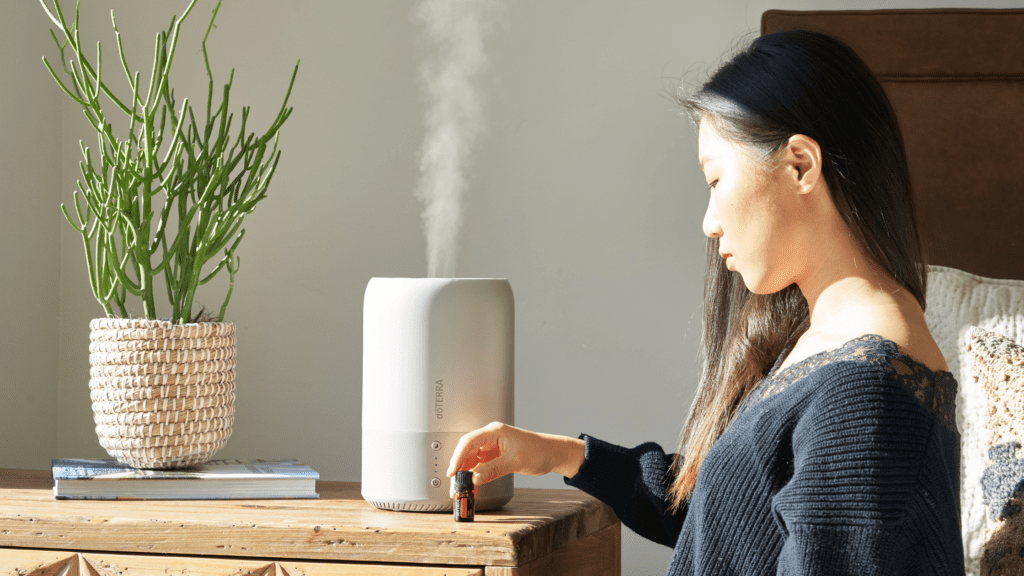
Choosing the right diffuser for your home is also important even if your focus is solely on essential oil diffusers. An ultrasonic diffuser may come with different advanced features and choices. The two main factors to bear in mind while choosing any essential oil diffuser or ultrasonic diffuser are the tank size and purpose. If you want to know, our choice for the best diffuser, click here.
Water tank
The size of the water tank matters because it will decide for how long you can have your essential oil diffusers working. Typically, most essential oil diffusers can hold up to 300 to 500 ml of water. Ultrasonic diffusers are designed to spray mist but despite their special features, they cannot hold as enough water as humidifiers.
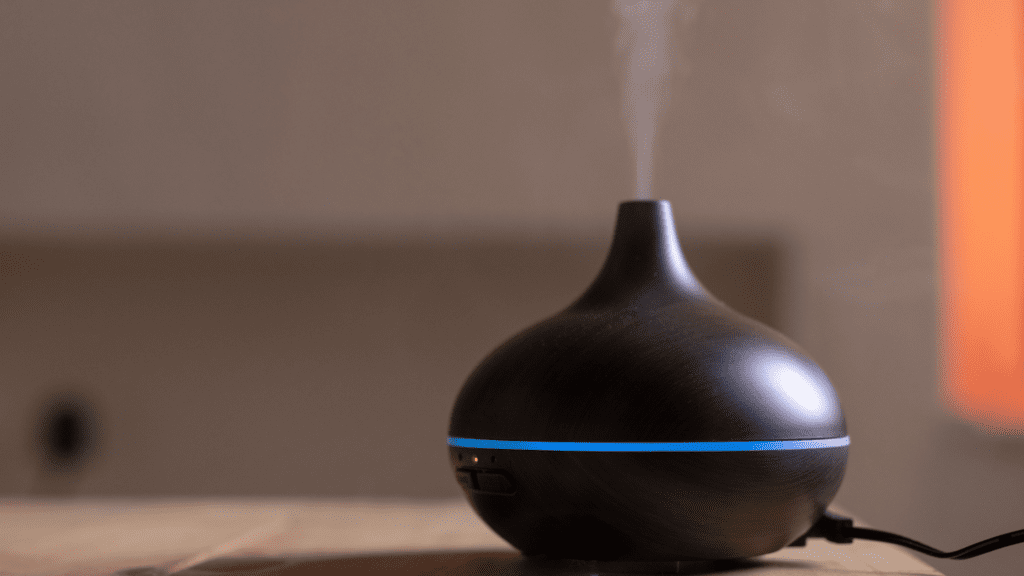
Most humidifiers are filled with only distilled water. Using tap water over distilled water can lead to an increase in the contamination of the mist. But, an essential oil diffuser can be filled with clean tap water if the model permits it.
Purpose
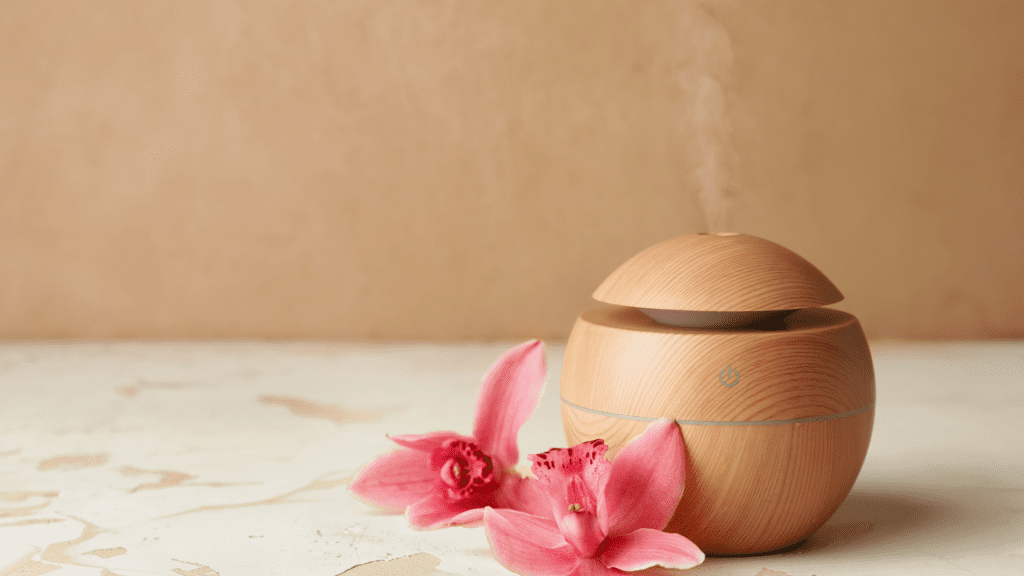
The purpose of using a diffuser will determine the type of diffuser you have to purchase. If your top requirement from an oil diffuser is to obtain healing, in this case, you must purchase nebulizing diffusers.
A nebulizing diffuser is built to function without being filled with distilled water or tap water. A nebulizing diffuser will only give you the benefits of essential oils added to the unit.
If you are leaning towards ultrasonic diffusers you must be prepared to fill the device with only distilled water. Ultrasonic technology is designed to initiate ultrasonic vibrations. With the help of this ultrasonic technology, an ultrasonic diffuser will convert the water added with essential oils into a mist. Using tap water will lead to mineral buildup in the mist, which will ultimately cause health problems.
What you should look for in a humidifier?
Before you invest in a humidifier, make a list of your priorities. Size of the water tank, features, and type of humidifier. Ultrasonic humidifiers, cool mist humidifiers, warm mist humidifiers – which among these will be the best choice for your family? If you need a good humidifier for your home, check this product.
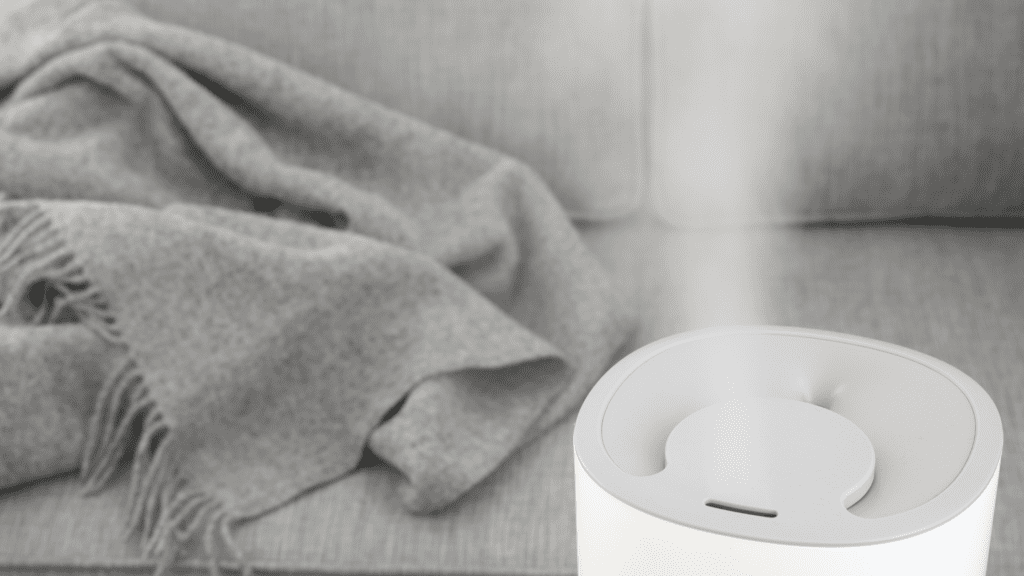
How long does it take a humidifier to fill a room?
Most humidifiers take about 10 to 15 minutes to warm up and start sending out the steam. Depending on the size of the room and the features of the humidifier, it can take anywhere from 3 hours to 24 hours to refresh the space fully, add moisture and have any impact on the humidity of the room.
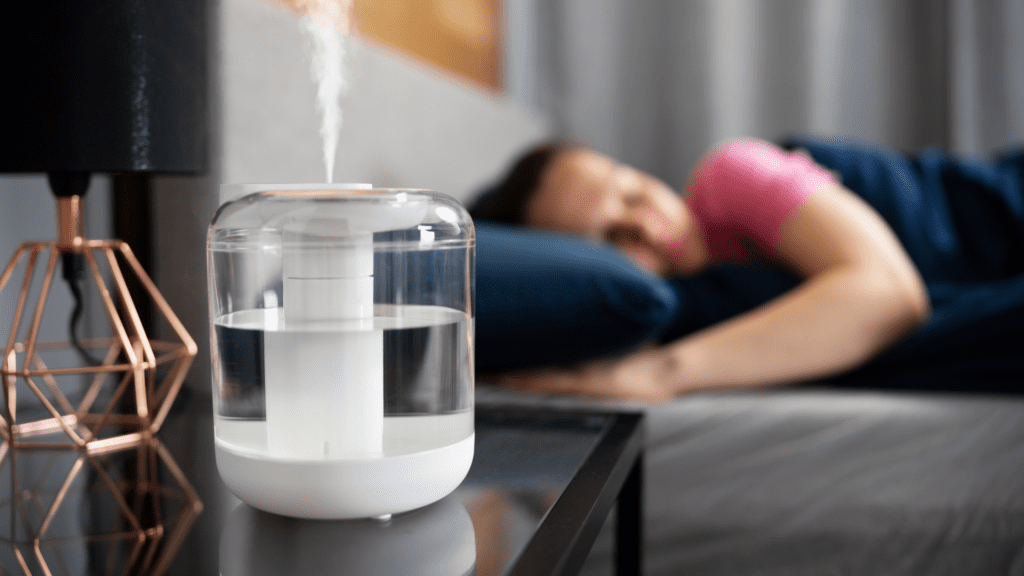
FAQ Section
1. Is it possible to use a diffuser as a humidifier?
While it is possible to use essential oil diffusers as both a humidifier and a diffuser, you must always remember that a humidifier and a diffuser are different. Using a diffuser as a humidifier is not nearly as effective as an independent humidifier.
When it comes to adding moisture to the air only a humidifier can perform this function effectively. If your intention is to use a humidifier and a diffuser just for the purpose of simple humidification or aromatherapy using essential oils, rather than the health benefits of a humidifier, then you can use a diffuser as a humidifier.
2. Can you use a diffuser with just water?
Yes. Using a diffuser with just water will function as a humidifier. You will be able to add moisture to the air and stay away from dry air and dry skin. You must remember that it is important to use clean distilled water in the water tank even if you are not diffusing essential oils.
It is a fact that contaminated tap water will disperse allergens, mineral deposits, and white dust mites via the water vapor into the air, thereby reducing indoor air quality.
3. Does a diffuser help you sleep better?
Yes. An aromatherapy diffuser is highly effective to induce good sleep and can instill a calming effect on the mind and body. It can also minimize sinus congestion depending on the essential oils used. An aromatherapy diffuser can fill the entire room with a pleasant scent and some models even have a soothing night light.
Although you can choose to have your favorite essential oils diffusing into the entire room constantly, it is wise to use essential oils that help with sleep. Specific essential oils like lavender, are famous for their sleep-inducing properties. Along with your favorite essential oil scent, make the best use of specific essential oils that aid in healthy sleep cycles.
4. Do you need a humidifier in winter?
Using a humidifier in winter and dry climates are highly recommended. Warm mist humidifiers and cool mist humidifiers and diffusers are designed to manage the humidity level of dry climates effectively.
Warm mist humidifiers and cool mist humidifiers will add moisture to the dry air and keep the trouble that comes along with it at bay. You can avoid side effects of a low humidity level in the room like dry skin, congestion, mold growth, cracking of hardwood floors, the proliferation of allergens, etc., by ensuring that there is sufficient moisture in the air. A good quality evaporative humidifier or ultrasonic humidifier can manage this task for you.
5. Can diffusers help with colds?
According to studies conducted, using diffusers does not have any impact n the symptoms of cold directly, but they go provide a sense of relief for the person, especially when you combine the benefits of essential oils with it. An essential oil diffuser is the best choice to provide relief from colds and congestion.
Adding essential oils to heated water directly releases the sweet scent. But to find relief from the cold, you must have to add a few drops of chamomile, peppermint, tea tree oil, or eucalyptus. When you disperse essential oils and inhale the above scents, you will find immediate relief from the cold.
Chamomile relieves cold and flu symptoms, peppermint reduces throat infections and sinusitis, tea tree oil fights against bacterial infection, and eucalyptus can reduce fever and viral infections. Use essential oils to meet your specific purpose to get the best effect of diffusers against cold.
6. What is humidifier and diffuser combo?
Combos that have humidifiers and diffusers integrated into them are a combination of the humidifier and the essential oil diffuser. This unit will combine the best features and functions of both, the humidifier and a diffuser. A device of this type will work by diffusing essential oils into the cool mist.
Using evaporative diffusers with humidifiers will enable one to add moisture to the air and also spread any favorite essential oil scent.
7. Do you know why it is important to keep our homes at a certain humidity level?
Maintaining the ideal relative humidity in your home is crucial. Problems of low humidity and high humidity level in the indoor air and environment are plentiful. When you experience low humidity in your home you might notice an increase in dust, allergens, and other contaminants that will aggravate allergies and respiratory illness.
High relative humidity levels in your home can be the major cause of mold. They not just ruin hardwood floors and furniture, but also have an impact on the operation of your electrical appliances. Maintaining the ideal relative humidity level by using humidifiers and diffusers will reap health benefits.
Wrapping Up
With this, we have reached the end of the article. Hope the article could clear the confusion if a humidifier and a diffuser were the same equipment or different. Share with us in the comments below if you have used essential oil diffusers and ultrasonic humidifiers. If yes, which models are your favorite, and which model do you recommend?

About The Author
Olivia — a self-confessed air quality addict — is a home climate enthusiast, fresh air advocate, and someone with deep personal experience and knowledge about mold extermination. Her work was mentioned in countless notable humidity publications. Previously she was an editor at Mold Remediation.
